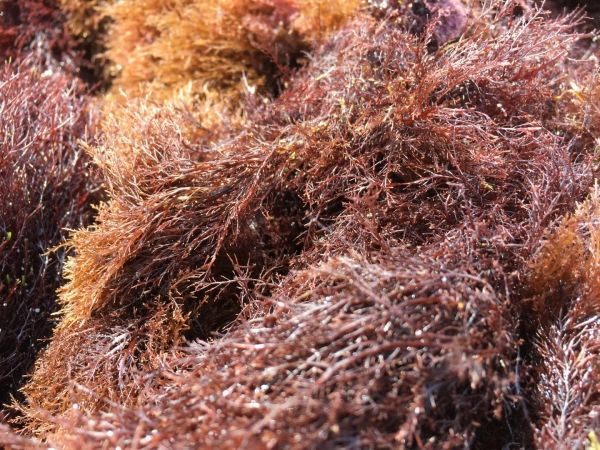You’d think that losing 25 percent of your genes would be a big problem for survival. But not for red algae, including the seaweed used to wrap sushi.
An ancestor of red algae lost about a quarter of its genes roughly one billion years ago, but the algae still became dominant in near-shore coastal areas around the world, according to Rutgers University–New Brunswick Professor Debashish Bhattacharya, who co-authored a study in the journal Nature Communications.
The research may assist in the creation of genetically altered seaweeds that could be used as crops, help to predict the spread of seaweed pests and – as the climate warms and pollution possibly increases – control invasive seaweeds that blanket shorelines.
Scientists believe the 25 percent loss in genetic material resulted from adaptation by the red algal ancestor to an extreme environment, such as hot springs or a low-nutrient habitat. That’s when the genome of these algae became smaller and more specialized. So, how did they manage to escape these challenging conditions to occupy so many different habitats?
Read more at Rutgers University
Image: This is red seaweed growing along the coast of South Korea. (Credit: Debashish Bhattacharya/Rutgers University-New Brunswick)


